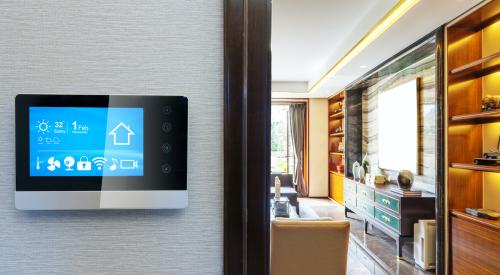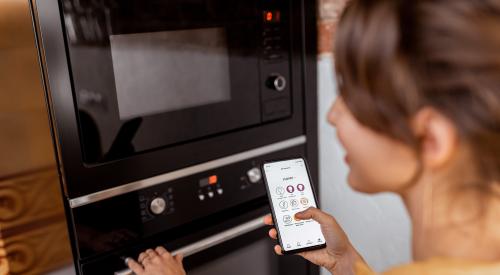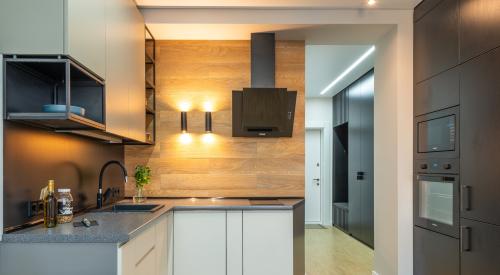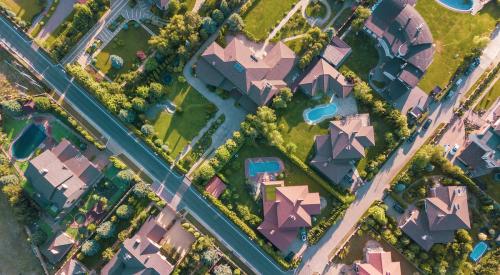In John Burns Real Estate Consulting's The Light, Jenni Nichols, director of DesignLens, and Deana Vidal, senior manager, Trend Consulting, list six features of BFR homes that are different than for-sale homes.
BUILD-FOR-RENT HOME FEATURES
1. Amenities
According to John Burns (JBREC), amenities matter—but the kind varies by home type.
In a community of detached houses, the garage and yard are considered amenities. In single-story residential communities, a heavy amenity package helps compete with Class A multifamily. Being located within a master plan helps as well.
2. Ease of moving
As its name implies, build-for-rent homes are built to accommodate renters—a group that doesn't often stay in one place for life. Nichols and Vidal suggest incorporating features like wide stairwells and doorways to make moving furniture easier (and it might even lower the chances of the walls getting scuffed up).
Another opportunity for keeping your walls in shape? Create a well-defined TV wall. Otherwise, you have people punching holes in the wall every time they move in or out.
3. Repairs/maintenance
Anything that needs to be serviced should be on the ground floor and easy to access. This allows the maintenance team to easily come in and fix things.
Having serviceable systems on the ground floor can also aid in minimizing property damage. For example, if the washer leaked, a laundry room on the ground floor reduces structural damage from water.
4. Smart tech
Implement smart tech as a service aid. While smart locks and Ring doorbells are nice to have, focus on technology that helps monitor the mechanical parts of the home without going inside the house. Something like a smart electric panel or water monitoring system will benefit renters and operators alike.
With a water monitoring system, for example, community operators can tell if there is a leak in a home without having the homeowner need to notify them.
5. Functional materials
Nichols and Vidal emphasize that your main focus for material selections should be high functionality. Keep materials and finishes easy to clean and durable so they do not have to be replaced as often.
According to a recent New Home Trends Institute consumer survey, single-family renters value the ability to easily clean flooring followed by durability. Renters want flooring, counters and cabinets that are easy to keep clean and take care of (to keep their security deposit). Developers want durability in floors and counters, so they do not have to replace them as often between residents.
6. Standardization in windows and doors
The last recommendation from JBREC is to standardize the size of your homes' windows and doors (within reason).
Not every window needs to be the same size, but limit the window selections in each community to a select few. This standardization saves money during the original construction process since the builder can buy in bulk and it simplifies the process for the installers. It also standardizes the sizes of window blinds that need to be on hand. While windows do not often need to be replaced, blinds are another story.
For more discussions on build-for-rent design and trends, check out the New Home Trends Institute's BTR council.
RELATED: Catching the Wave of Build-For-Rent















